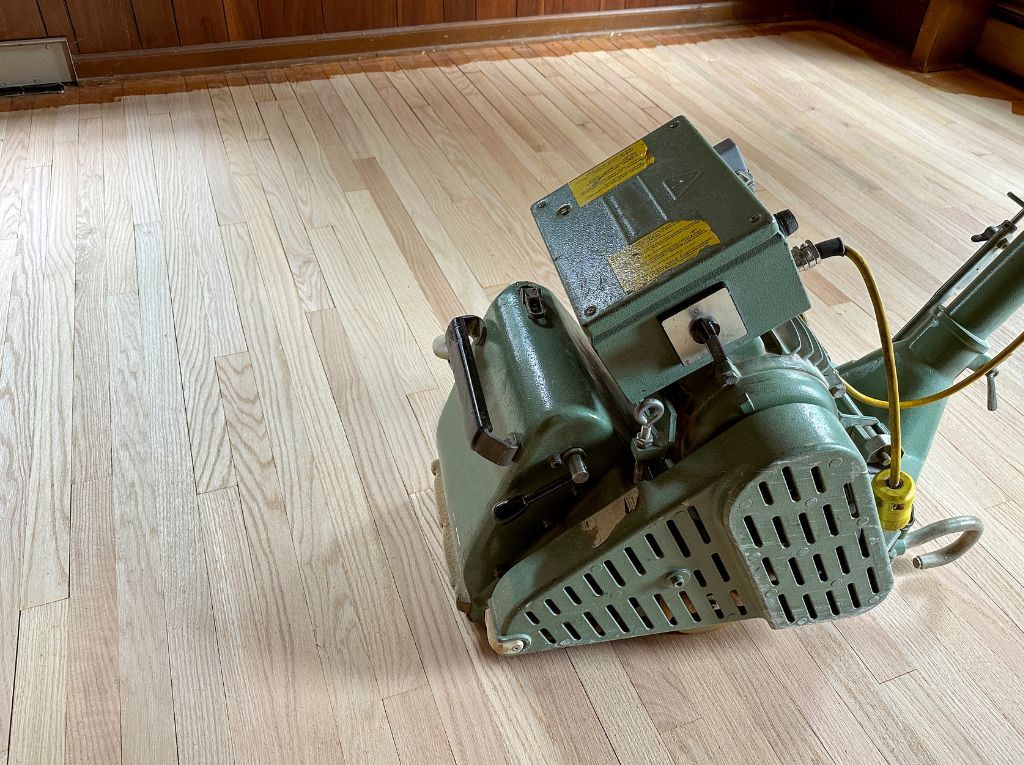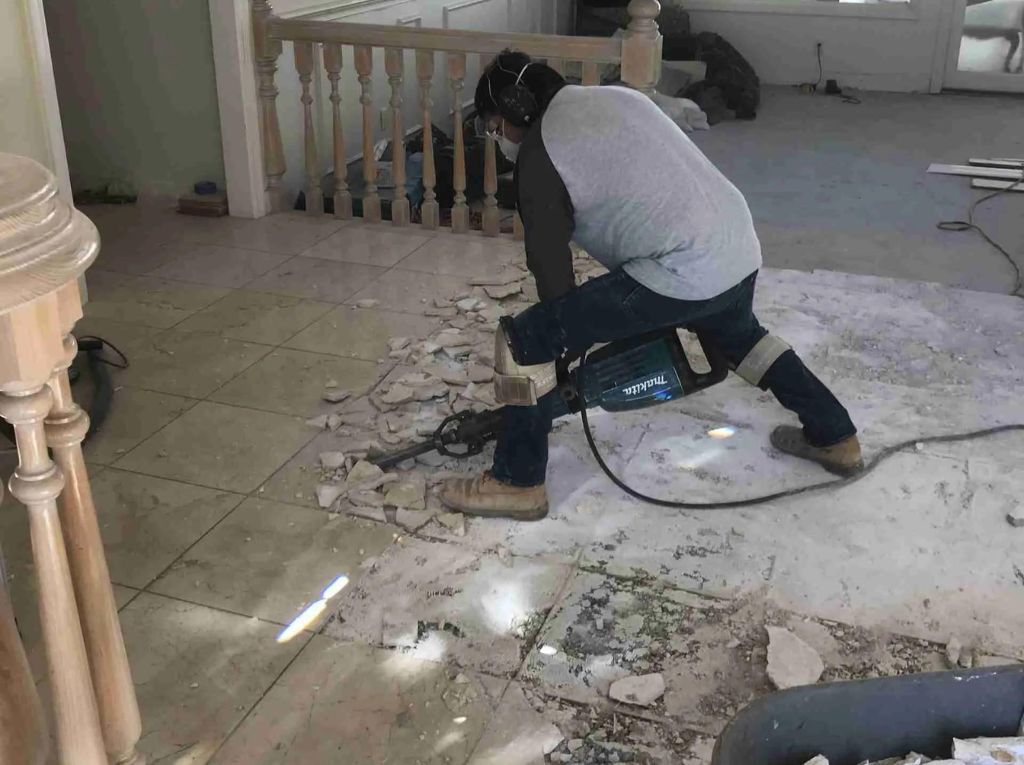Choosing the Perfect Stain: A Guide to Custom Wood Floor Staining
Choosing the right stain for your wood floors can transform your home’s look and feel. This guide covers the basics of wood floor staining, types of stains available, and the benefits of professional staining services. For expert results, consider Custom Hardwood Flooring LA to ensure a flawless and lasting finish.
Choosing the right stain for your wood floors is a crucial decision that impacts the overall look and feel of your home. A well-chosen stain can enhance the natural beauty of your wood, complement your interior decor, and add value to your property. In this guide, we will explore the key aspects of wood floor staining, including different types of stains, the benefits of professional staining services, and tips to ensure your floors look their best. For residents in Los Angeles, Custom Hardwood Flooring LA offers expert services to help you achieve the perfect finish.
Understanding Wood Floor Staining
Wood floor staining involves applying a colored liquid to the surface of the wood to change its appearance. The process enhances the wood’s natural grain and can either darken or lighten its color. Staining is a popular choice for homeowners looking to refresh their flooring without the expense of a full replacement. The right stain can bring out the best in your wood floors, highlighting their unique characteristics and ensuring they match your interior design.
Types of Wood Stains
There are several types of wood stains to choose from, each offering different effects and benefits:
Oil-Based Stains: Known for their rich, deep colors, oil-based stains penetrate the wood deeply, providing a durable finish. They are easy to apply and have a longer drying time, allowing for a more even application.
Water-Based Stains: These stains offer a quicker drying time and are available in a wide range of colors. They are less odorous than oil-based stains and are considered more environmentally friendly.
Gel Stains: Ideal for vertical surfaces and less absorbent woods, gel stains provide a uniform color and are less likely to streak. They sit on the surface of the wood rather than soaking in, which can create a unique finish.
Lacquer Stains: These stains dry quickly and offer a very durable finish. They are often used in commercial settings or high-traffic areas but require more skill to apply evenly.
Benefits of Professional Staining Services
While DIY staining can be tempting, hiring a professional service like Custom Hardwood Flooring LA ensures the best results. Here are some benefits of choosing a professional:
Expertise and Experience: Professionals have the knowledge and experience to choose the right stain for your wood type and desired look. They understand how different stains interact with various wood grains and can achieve a flawless finish.
High-Quality Products: Professional staining services use high-quality stains and finishes that offer better durability and a more polished look than store-bought products.
Proper Preparation and Application: Professionals ensure that the wood surface is properly prepared, sanded, and cleaned before applying the stain. This preparation is crucial for a smooth and even finish.
Time and Convenience: Staining floors is a time-consuming process that requires careful attention to detail. Hiring professionals saves you time and ensures the job is done correctly, without the hassle of a DIY project.
Final Thoughts
Choosing the perfect stain for your wood floors can transform the look of your home, adding warmth and elegance. By understanding the different types of stains and the benefits of professional staining services, you can make an informed decision that enhances your living space. Custom Hardwood Flooring LA offers expert staining services to help you achieve beautiful, long-lasting results. Contact us today to discuss your wood floor staining needs and schedule a consultation.
FAQ’s
What types of wood stains are available for my floors?
There are several types of wood stains available, including oil-based, water-based, gel stains, and hybrid stains. Each type has its own benefits and is suitable for different wood types and desired finishes. At Custom Hardwood Flooring LA, we help you choose the best stain to achieve your desired look.
How do I choose the right stain color for my wood floors?
Choosing the right stain color involves considering the existing décor, natural light, and the wood species of your floors. Custom Hardwood Flooring LA provides samples and expert advice to help you select a color that complements your home’s aesthetic and enhances the natural beauty of your wood floors.
Why should I hire a professional for wood floor staining?
Professional staining ensures an even application, proper penetration, and a flawless finish. Custom Hardwood Flooring LA has the expertise, tools, and experience to handle the staining process efficiently, avoiding common DIY mistakes and ensuring long-lasting, beautiful results.
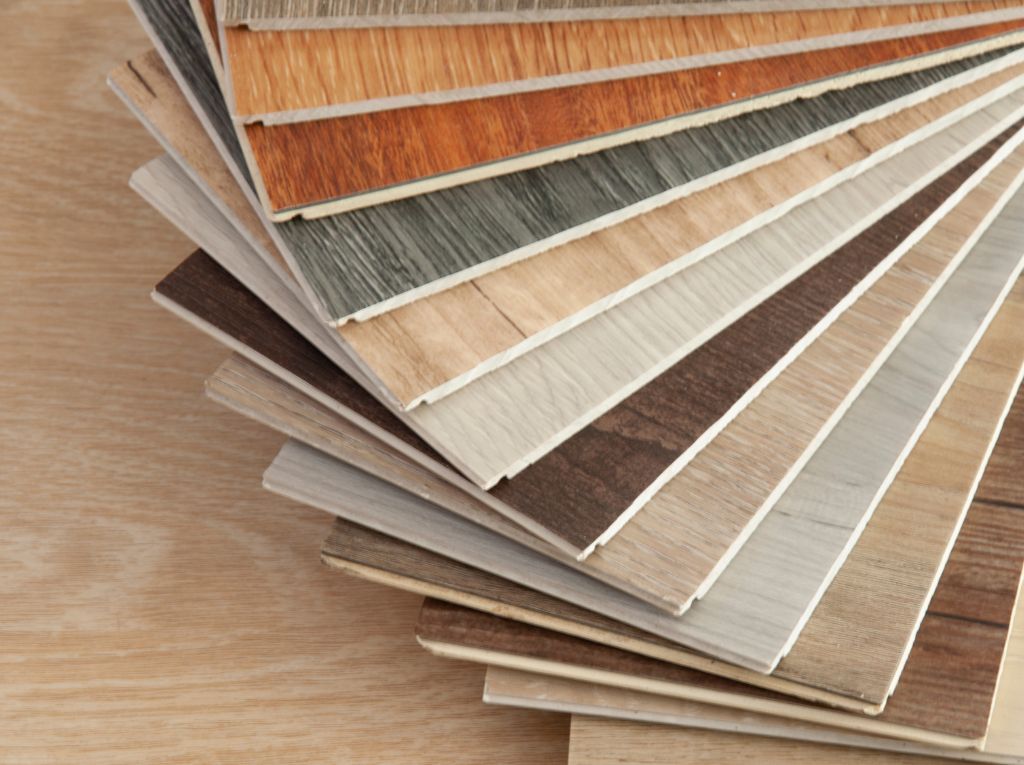
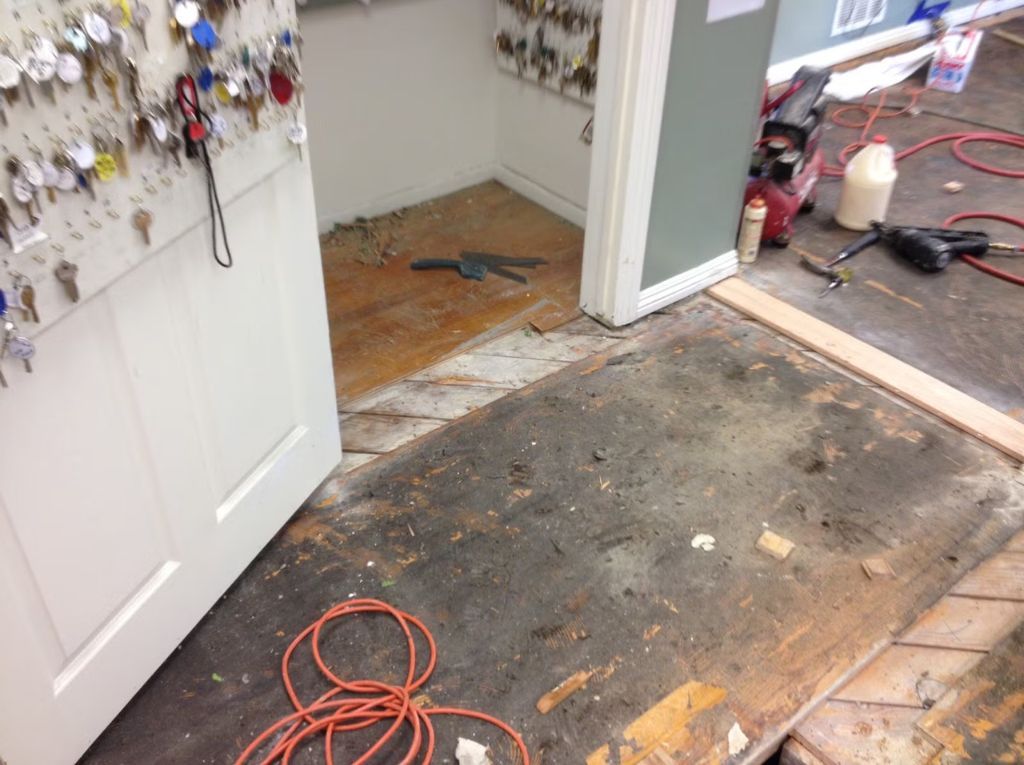
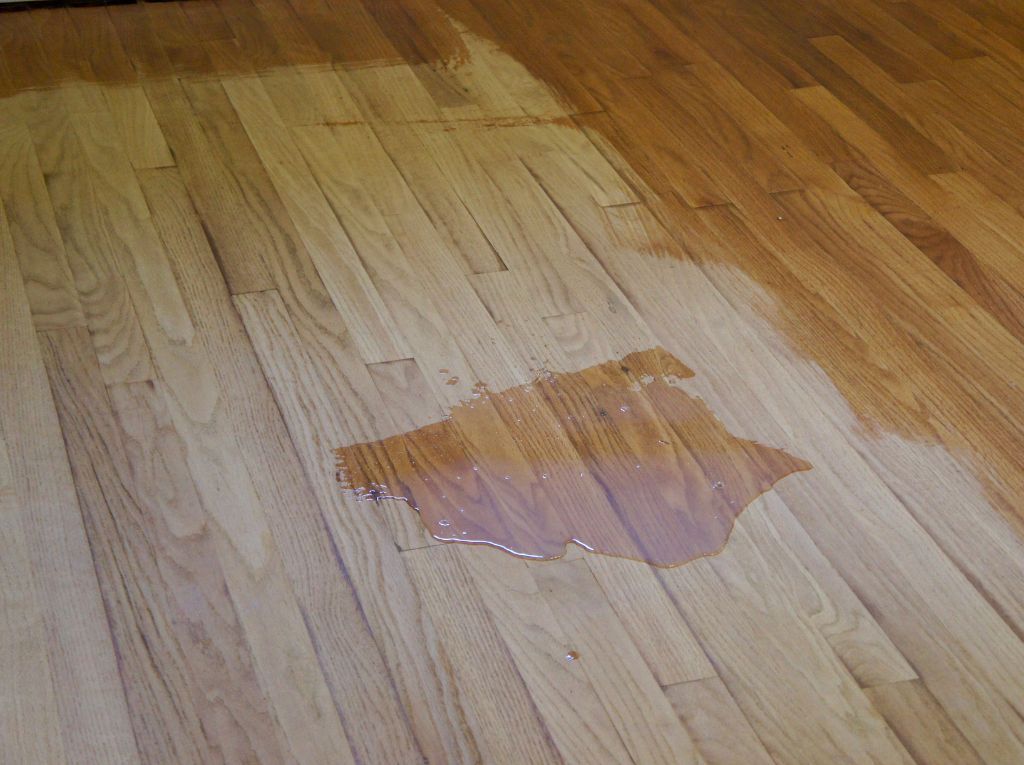
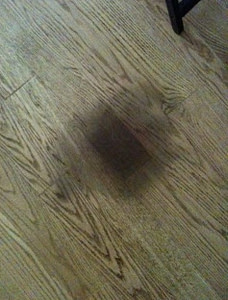
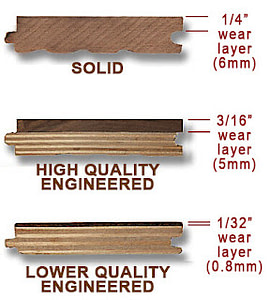 Hardwood floor buffing or screening is quite a popular choice with homeowners that have wood flooring that is not so worn out and are just looking to have their floors looking fresh once again. Also, we found that buffing hardwood floors are sometimes the last recourse we can do to improve the clients’ hardwood floors, when they can no longer be sanded. After buffing the wood floors, a fresh coat of finish is applied. Clients have the option to apply as little as one coat of polyurethane finish or more depending on their preference.
Hardwood floor buffing or screening is quite a popular choice with homeowners that have wood flooring that is not so worn out and are just looking to have their floors looking fresh once again. Also, we found that buffing hardwood floors are sometimes the last recourse we can do to improve the clients’ hardwood floors, when they can no longer be sanded. After buffing the wood floors, a fresh coat of finish is applied. Clients have the option to apply as little as one coat of polyurethane finish or more depending on their preference.
